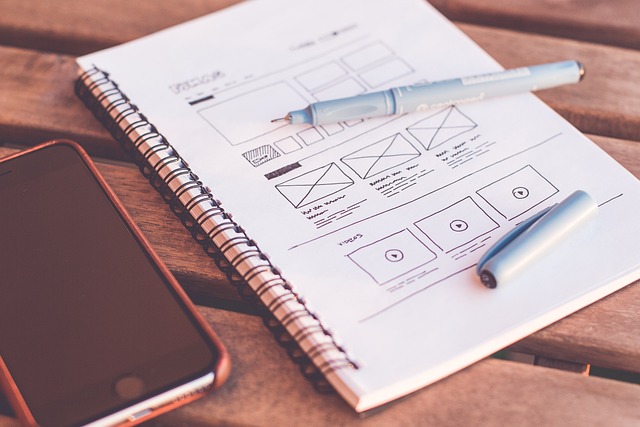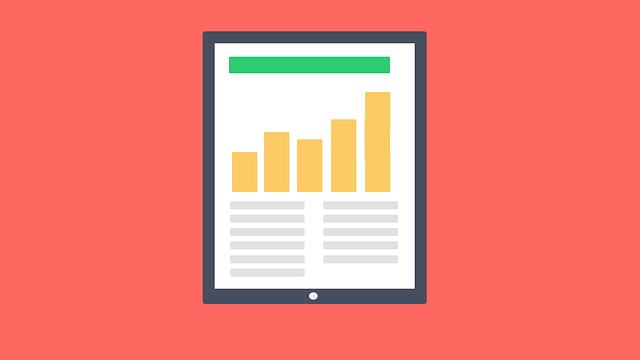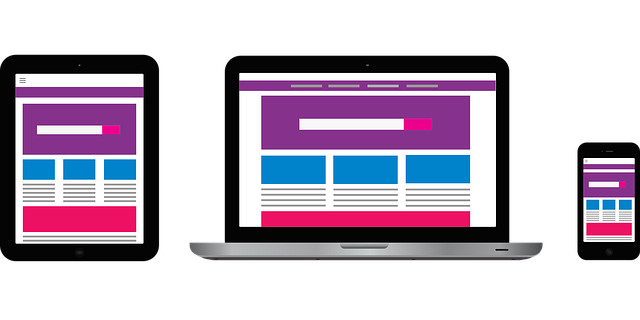E-commerce web design combines aesthetics and functionality to create an engaging, user-friendly experience that drives conversions. Key elements include intuitive navigation, fast loading times, responsive design for all devices, secure payment gateways, high-quality product visuals, clear call-to-action buttons, and strategic placement of customer testimonials. A minimalist aesthetic, interactive elements like videos, and mobile-first optimization enhance engagement and SEO rankings. Effective web design also includes easy search functions, detailed product descriptions, live chat support, social media integration, and secure checkout options to facilitate seamless transactions and foster customer loyalty. Regularly tracking KPIs is crucial for optimizing web design and driving e-commerce success.
In today’s digital landscape, a compelling web design is pivotal for e-commerce success. This comprehensive guide delves into the intricacies of crafting effective online stores, addressing key elements like user experience (UX) best practices and mobile optimization. We explore visual design trends, essential functionality features, seamless payment gateway integration, and crucial performance indicators. Understanding the unique requirements of e-commerce web design empowers businesses to create engaging, high-converting digital experiences.
Understanding E-commerce Web Design Requirements

E-commerce web design goes beyond creating an online store; it’s about crafting a seamless and engaging user experience that drives conversions. To achieve this, designers must grasp the unique requirements of e-commerce sites, such as intuitive navigation, fast loading times, responsive design for various devices, and secure payment gateways. These elements are crucial for building trust with potential customers.
Effective web design for e-commerce involves understanding customer behavior, prioritizing product presentation, and implementing clear call-to-action buttons. It’s about creating a visually appealing space that not only showcases products but also communicates the brand’s identity and values. By combining functional features with aesthetically pleasing design, developers can foster user engagement, enhance browser retention, and ultimately boost sales.
Key Elements of Effective E-commerce Websites

Effective e-commerce websites are more than just digital storefronts; they’re carefully curated experiences designed to engage, convert, and retain customers. At the heart of successful web design for e-commerce lies a balance between aesthetics and functionality. A clean, intuitive layout that showcases products prominently is non-negotiable. High-quality visuals, including product images that zoom and display details clearly, significantly enhance user experience. User-friendly navigation, often facilitated by search bars, filters, and categories, ensures visitors can find what they’re looking for swiftly.
Call-to-action (CTA) buttons play a pivotal role in guiding users through the buying process. They should be strategically placed, compelling, and distinct visually to encourage conversions. Secure payment gateways integrated seamlessly into the design further build trust with potential buyers. Testimonials and reviews, displayed prominently on product pages or in dedicated sections, add social proof that can significantly influence purchasing decisions. Effective web design for e-commerce also considers responsive design for mobile users, ensuring a consistent, positive experience across all devices.
User Experience (UX) Best Practices for Online Stores

Creating a positive User Experience (UX) is paramount for any e-commerce website, as it directly impacts conversion rates and customer satisfaction. A well-designed online store should be intuitive, easy to navigate, and visually appealing, ensuring users can find what they’re looking for quickly. Implement clear call-to-action buttons, simple search functionality, and a consistent layout across all pages. Mobile responsiveness is also crucial; with the majority of internet traffic coming from mobile devices, your web design should offer an optimal experience on smartphones and tablets.
Additionally, prioritize fast loading times, as users expect instant results. Efficient image compression and optimizing code can significantly improve page speed without compromising aesthetics. Keep product descriptions concise yet informative, incorporating relevant keywords to enhance search engine visibility. User feedback and reviews also play a vital role in UX; displaying customer testimonials builds trust and encourages potential buyers to make a purchase. Remember, an engaging and user-friendly web design for e-commerce is key to retaining visitors and driving sales.
Visual Design Trends in E-commerce Web Design

In the dynamic landscape of e-commerce web design, visual trends play a pivotal role in captivating audiences and driving conversions. Modern consumers expect seamless integration of aesthetics and functionality, with designs that not only look stunning but also enhance user experience. Popular trends include minimalist aesthetics, where clean lines and ample white space create an air of sophistication, making it easier for customers to navigate and focus on products. Additionally, the use of high-quality visuals, including product photography that rivals magazine standards, has become essential to building brand credibility and encouraging purchases.
Responsive design is another critical aspect, ensuring that e-commerce sites adapt gracefully to various devices and screen sizes, from desktops to tablets to smartphones. This accessibility not only improves user experience but also boosts search engine optimization (SEO), as Google prioritizes mobile-friendly websites. Incorporating interactive elements like video backgrounds, animated product demos, and 3D renderings adds a layer of dynamism, engaging visitors and showcasing products in innovative ways. These trends collectively contribute to creating immersive experiences that not only attract but also retain customers in the highly competitive e-commerce space.
Optimizing for Mobile and Different Devices

In today’s digital era, optimizing for mobile and different devices is no longer an option but a necessity for effective web design, especially in e-commerce. With a vast majority of online shoppers using smartphones and tablets, a website that isn’t responsive can lead to high bounce rates and lost sales. A well-designed, mobile-friendly e-commerce site ensures users have a seamless experience across all devices, from easy navigation on smaller screens to smooth scrolling on larger desktops. This involves using flexible layouts, optimized images, and quick loading times to maintain user interest and engagement.
Web design for e-commerce success also means considering the diverse range of devices users might employ. From high-end smartphones to older models and various tablet sizes, a site must adapt gracefully. Responsive web design techniques, such as media queries and flexible CSS, play a crucial role in achieving this. By ensuring your e-commerce platform is optimized for all devices, you create an inclusive environment that encourages browsing, shopping, and conversions, ultimately driving business growth.
Essential E-commerce Website Functionality Features

A well-designed e-commerce website is more than just an online storefront; it’s a seamless blend of aesthetics and functionality. Essential features like intuitive navigation, high-quality product images with zoom capabilities, and detailed product descriptions are non-negotiable. These elements not only enhance user experience but also build trust and encourage conversions.
Effective web design for e-commerce should also incorporate easy search functions, filtering options, and a secure checkout process. Live chat support, customer reviews, and social media integration further enrich the shopping journey. These functionalities ensure that visitors can effortlessly find what they’re looking for, make informed purchases, and enjoy a seamless transaction process, ultimately driving sales and fostering customer loyalty.
Integrating Secure Payment Gateways Seamlessly

In modern e-commerce, integrating secure payment gateways is a critical aspect of web design that cannot be overlooked. A seamless payment process enhances user experience and boosts conversion rates. Web designers must ensure that payment options are easily accessible, with a clean layout and intuitive navigation, allowing customers to make purchases effortlessly. Implementing trusted and well-known payment gateway providers like Stripe, PayPal, or Braintree adds an extra layer of security, building customer confidence in the transaction process.
A crucial element is ensuring that sensitive financial data is processed securely and in compliance with industry standards like PCI DSS (Payment Card Industry Data Security Standard). This involves using encrypted connections, tokenization, and secure storage methods to protect customer information. Web designers should also consider mobile optimization, as a growing number of users prefer making purchases on their smartphones, demanding a responsive design for a smooth checkout experience across all devices.
Measuring Success: Key Performance Indicators (KPIs) for E-commerce Websites

Measuring success is a vital aspect of e-commerce, and defining key performance indicators (KPIs) is an essential step for any well-designed website. These KPIs offer a clear understanding of how effectively a web design strategy is performing, guiding improvements and optimizations. For e-commerce sites, some critical metrics include conversion rate, average order value, and bounce rate. A high conversion rate indicates that the site successfully encourages visitors to make purchases, while a substantial average order value suggests customers are spending more.
Bounce rate, on the other hand, measures the percentage of visitors who exit after viewing just one page. Low bounce rates imply that web design effectively engages users, keeping them on the site longer. By tracking and analyzing these KPIs, e-commerce businesses can make data-driven decisions to enhance user experience, increase sales, and ultimately drive growth through effective web design strategies.
